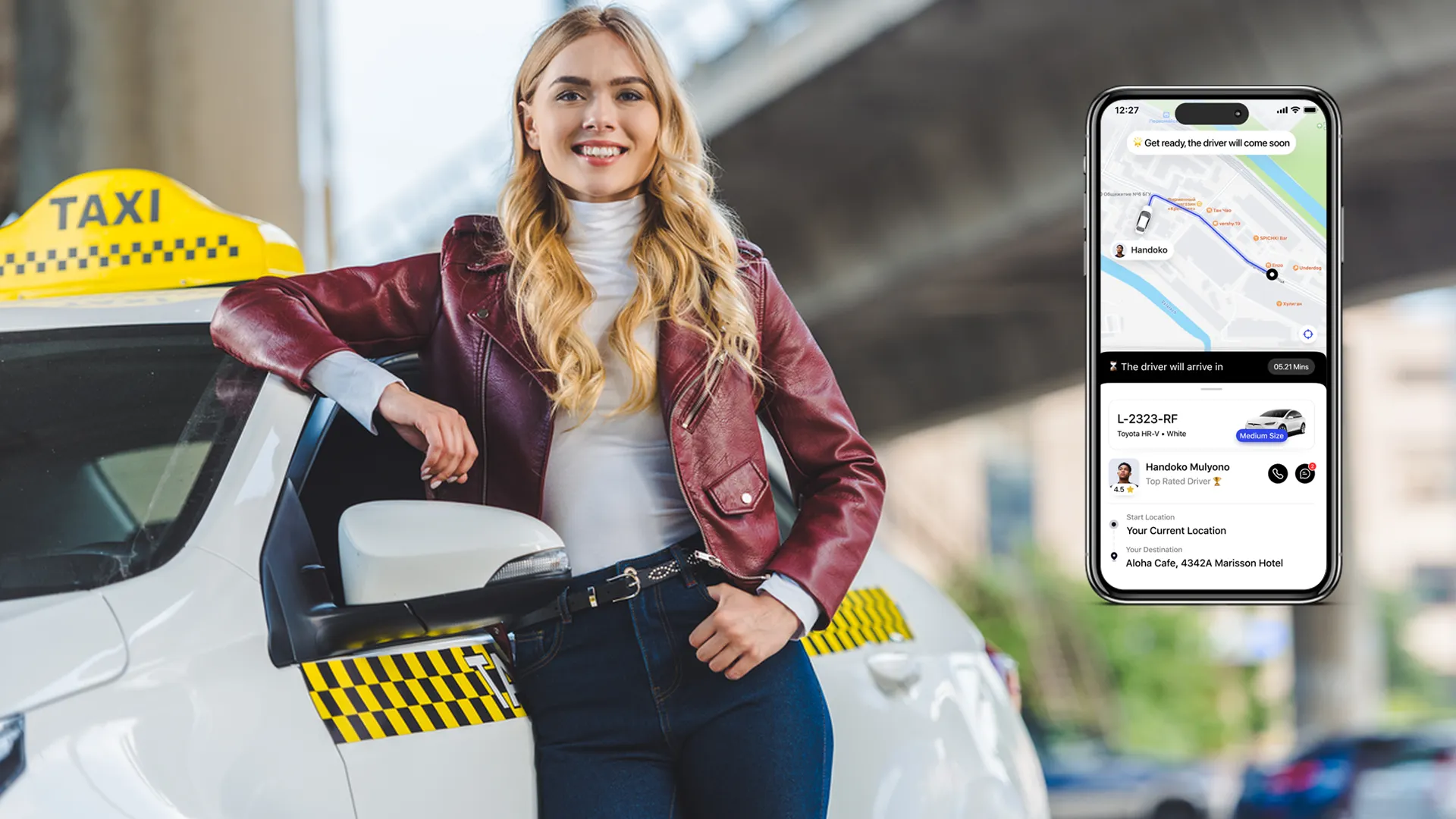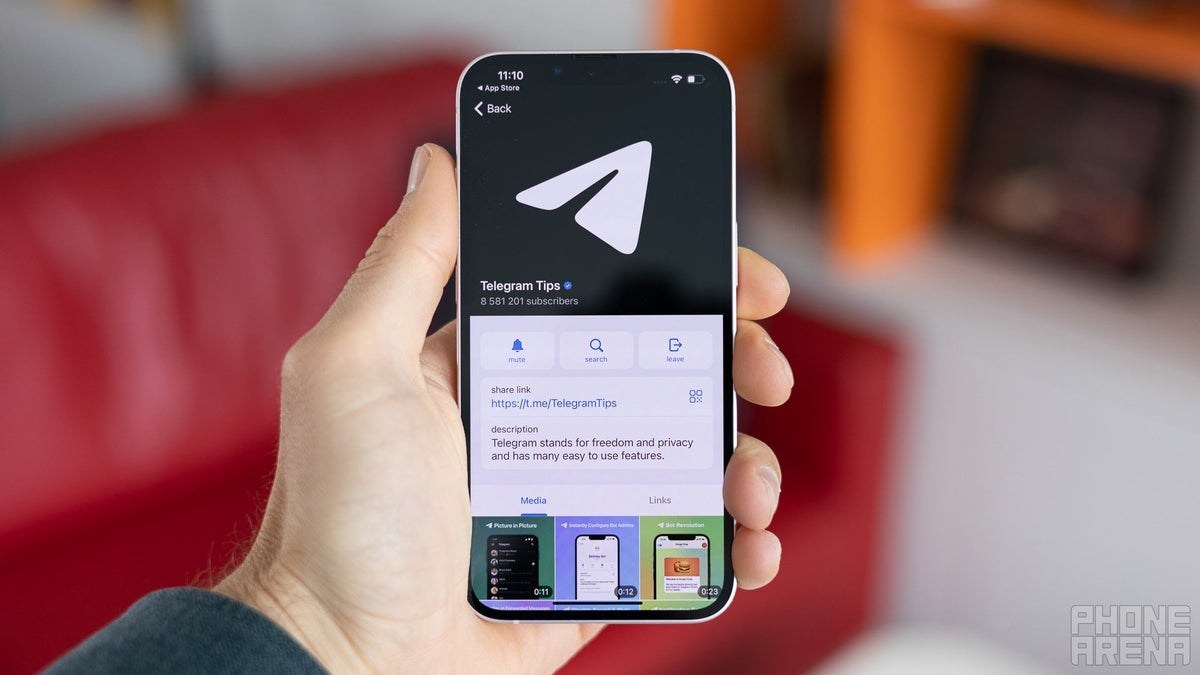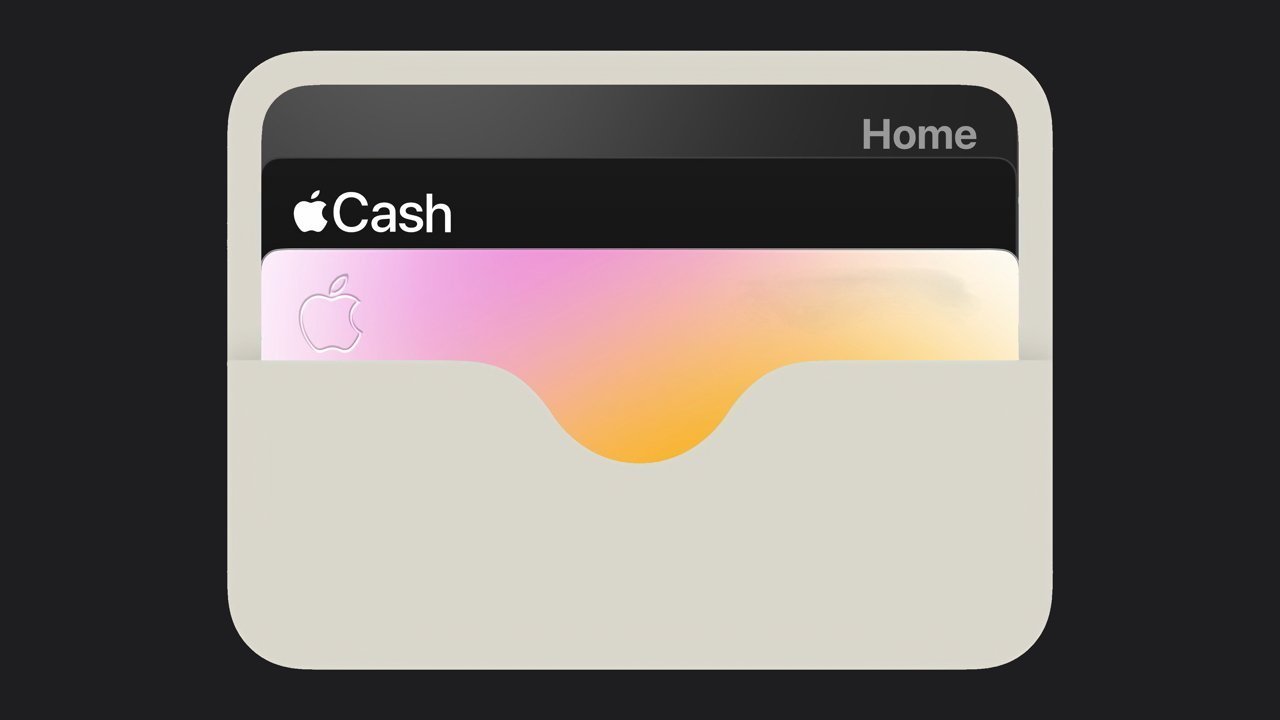Everyone has dealt with frustratingly low response rates. From organizing lunch orders for your colleagues to requesting feedback from customers on a critical product feature, we know how hard it can be to get responses.
It’s easy to just tie incentives to a survey, but here are four actionable tactics to drive higher response rates that don’t involve buying far too many gift cards or degrading the quality of your response pool.
#1: Focus on in-app surveys
On average, most brands hear from less than one percent of their customers. But for in-app surveys, our research shows an average response rate of 13 percent. While 2021’s response rates were slightly lower than in 2020 (16%), they’re an off-the-charts comparison to that industry standard of one percent.
In-app surveys allow for precise retargeting and enhanced personalization, making them a go-to survey method. Brands utilize mobile surveys more than ever before and customers are becoming more comfortable engaging with them. Over the past four years, we’ve seen the volume of in-app surveys grow exponentially. In 2021, there was a nine percent increase in the number of mobile surveys sent from 2020.

#2 Personalize mobile interactions
Every customer is unique and brings different experiences and characteristics. Treating them as such, instead of one-size-fits-all, is essential to improving in-app response rates.
Tools like Apptentive allow you to serve Surveys to specific, targeted groups of customers based upon actions they’ve taken within the app or personal information, such as account type, location, or amount of time spent within the app. This helps you ensure you’re asking relevant questions to customers who have the right experience with your product or application to provide meaningful feedback.
You don’t want to reach out to first-time customers and dedicated loyalty club members in the same way. Communicating with both through the same message doesn’t benefit either segment, nor your brand. By personalizing interactions you can increase the quantity and quality of customer responses.

Personalized interactions in practice
Pilot Flying J wanted to hear from their most loyal customers on which features to prioritize in their product roadmap. Instead of prompting all of their customers with a survey asking which features to prioritize, they looked at behavior metrics and previous survey responses to target their most loyal customers. In just four week, they received 18,000 responses from their happiest customers. Pilot Flying J used this feedback to prioritize high impact projects that brought the most value to these customers.
Read the full story here.
#3 Target customers at the right time
Timing is everything when it comes to response rates. Survey prompts should occur after customers take a high-value action within your app (like completing a purchase), rather than in the middle of an action. Interrupting a customer will not only decrease response rates, but also distract the customer from completing the desired action.
Prompting customers with a survey after they complete an action is usually the most natural time to ask for feedback.
However, finding the most effective moment to ask for feedback comes with time and testing. At Apptentive, we highly encourage our customers to test their survey frequency, timing, and location to discover what results in the highest response rates.

#4 Utilize the Love Dialog
For improved retargeting and personalization, it all starts with the Love Dialog. It’s just a simple question: “Do you love our app?”. But the answer gives you a crucial insight into customer emotion and experience.

This expressed customer emotion can then be used to qualify the customers that you are targeting with surveys. By sending different surveys to your happy and unhappy customers, you can dive deeper into their distinct needs and wants.
For customers that say “no,” you can prompt them with surveys that ask the following questions:
- What could we do to improve your experience?
- What are we missing and should/could be doing?
- What challenges can we help you solve?
For customers that say “yes,” you can prompt them with surveys that ask questions like this:
- How would you rate this feature? Why?
- What are we doing right and should continue?
- What features would improve your experience?
When surveys are more personalized and specific to that target audience, response rates go up and overall product engagement increases. Customer sentiment is the key to better targeting and personalization, and that all starts with the Love Dialog.
Bonus: Implement Note-linked surveys
Not all in-app surveys are delivered the same way. Brands can embed their surveys within Apptentive Notes. This survey method gives customers the ability to easily opt-in or out of the survey. When customers have a choice, response rates soar.

This is just one way Notes can be used, but it was extremely effective at gathering feedback in 2021. Surveys that were linked in Notes had an average response rate of 50 percent. For Android users, response rates were even higher, at nearly 60 percent.
Three question micro-surveys are perfectly suited for Notes and when used at the right time can quickly gauge customers sentiment around new features and overall experience.
To summarize, customers like when they know the time and commitment a survey requires. Customers also like to have the clear option to opt-in or out. When you give customers this information and option, response rates dramatically increase.

Conclusion
Great products and experiences are created with feedback from a wide variety of your customers, the happy and the unhappy. This requires a commitment to hearing from all of your customers and being intentional with how you ask for feedback and what feedback you ask for.
Brands can start giving all of their customers a voice by utilizing the Love Dialog and in-app surveys to be more personal and intentional with how they gather customer feedback.
To get started today, sign up for a free, 30-day trial of Apptentive or request a demo today.





















Discussion about this post